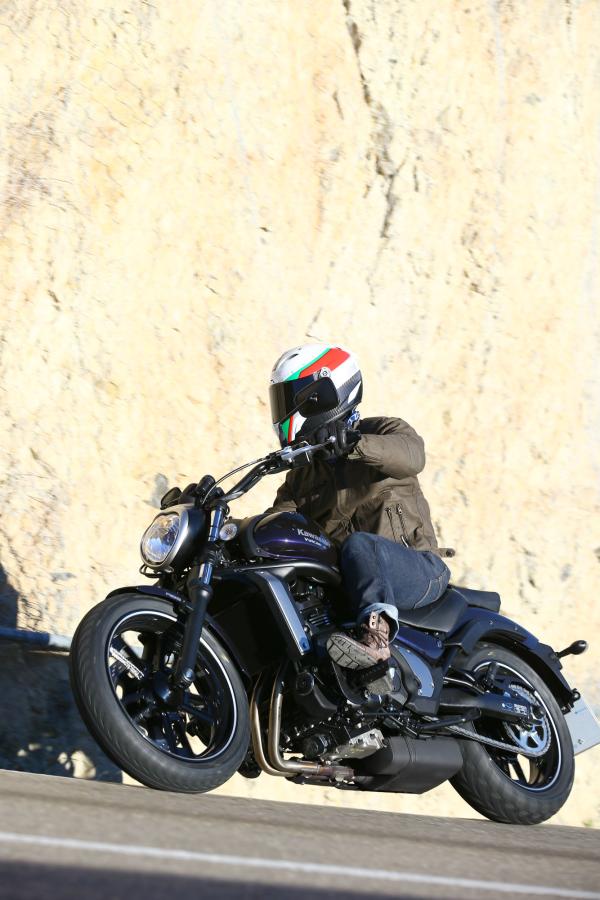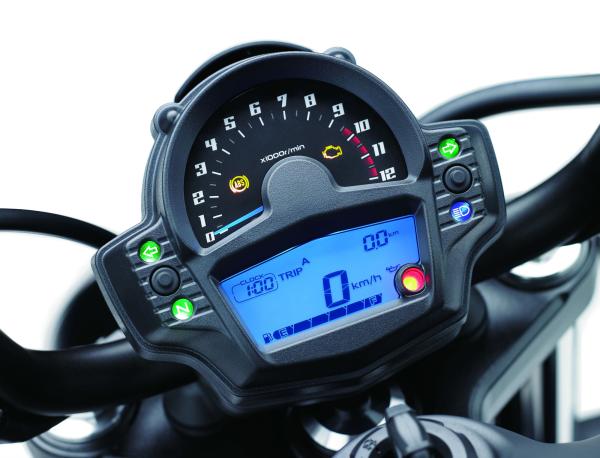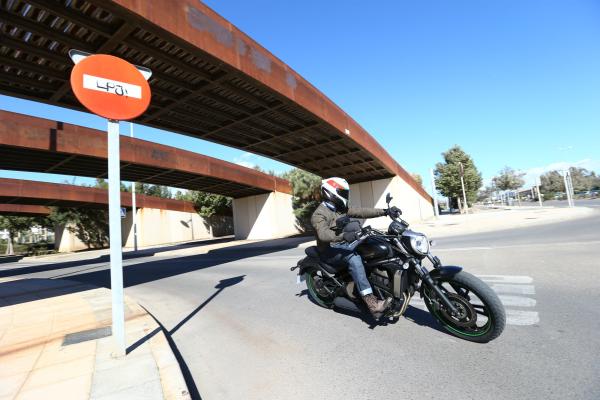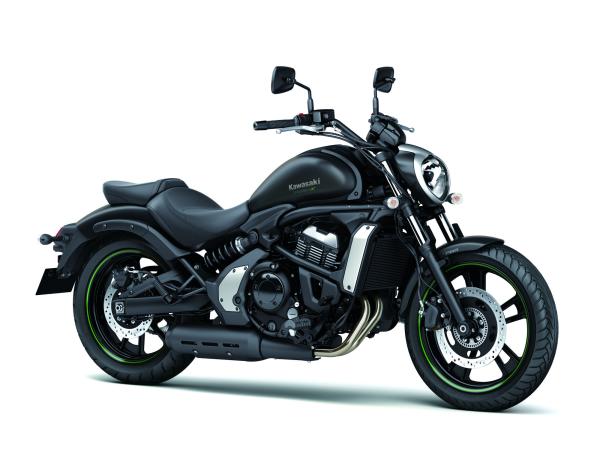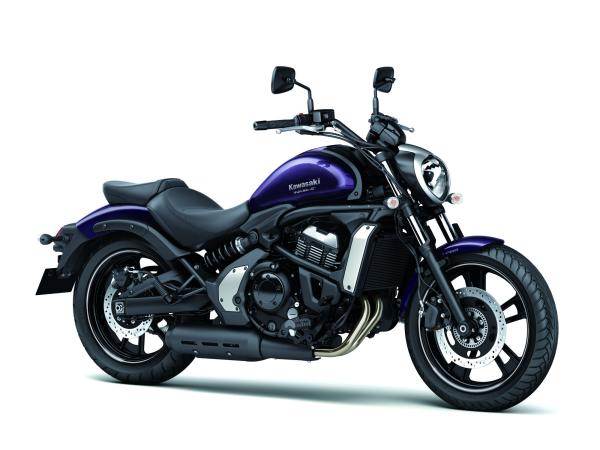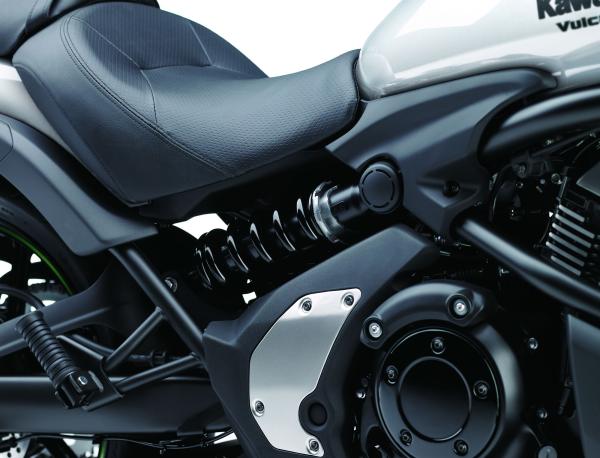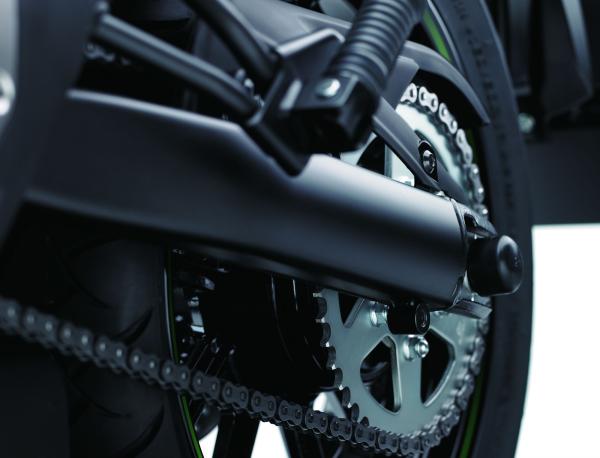First ride: Kawasaki Vulcan S review
Kawasaki's new Vulcan S proves that performance, good styling and a cheap price need not be mutually exclusive

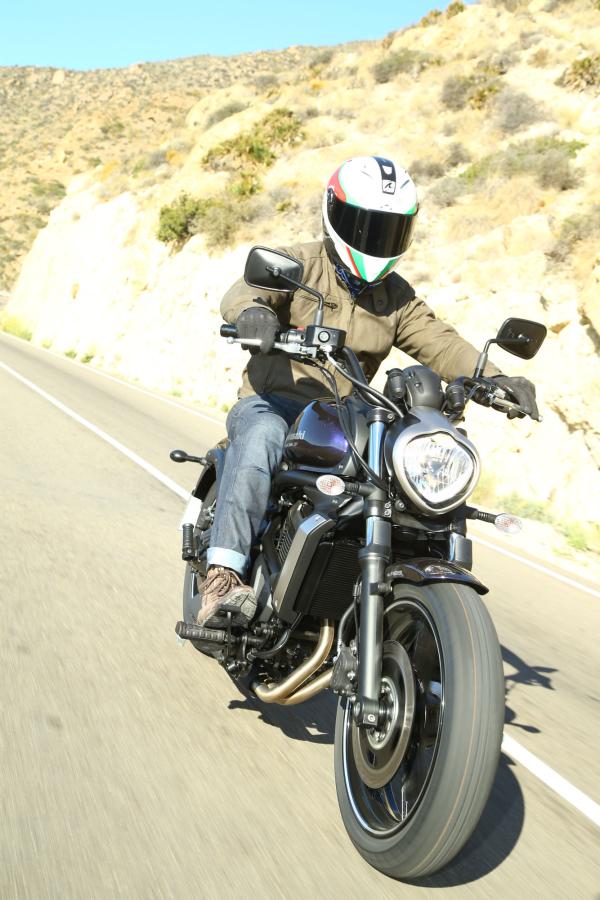
IT'S not often that I enjoy riding a cruiser. In fact, if I’m perfectly honest, I’ve never actually had fun on one until today.
I find they tend to follow a simple rule of thumb: expensive cruisers are generally big and heavy. Cheap ones are normally a bit less heavy, but rubbish. And if you want a combination of the three, you buy a Harley.
But now I’m not so sure about my little theory.
You see, Kawasaki’s new Vulcan S is neither heavy nor rubbish. In fact, it’s really rather good and at £5,949 it’s cheap too.
Instead of running a traditional air-cooled V-twin setup, the Vulcan S is powered by the same water-cooled 649cc parallel-twin engine found in the ER6 range and Versys 650, and makes a claimed 61hp at 7,500rpm and 46.5ft.lb of torque at 6,600rpm. It’s not conventional but it all works surprisingly well. There’s a usable spread of power across the rev range with decent pull at the top end, smooth power in the midrange, and a lightly tweaked bottom end to increase the amount of grunt from idle.
Despite the lack of ride-by-wire throttle or fancy riding modes, the bike is well-fuelled all the way through its smooth six-speed gearbox up to its 115mph top speed. Unlike Harley’s entry-level Iron 883 cruiser, which is over £1,200 more expensive, the Vulcan S will happily sit at 90mph without sounding like it’s about to spit out a con-rod.
One of the most surprising features is the impressive handling that belies the bike's long, ground-hugging profile. Around corners, most cruisers leave you worrying about ground clearance issues and understeering into the nearest hedge - not the Vulcan. It falls into that niche category along with the Ducati Diavel, offering a riding position that isn’t completely devoid of sportiness accompanied by good feedback from the front end. Cruisers by their very nature sacrifice performance for style but the Vulcan’s compromise is kept to a minimum.
The launch was held in Almeria, southern Spain, on twisty roads full of hairpins and fast, flowing corners, where it was almost easy to forget the Vulcan S was a cruiser. The wide bars and fast-revving engine continuously egg you on to extract every last bit of performance and treat the Vulcan like something it’s not.
Naturally, if you push it to the same pace as you would a sports bike, things - rather unsurprisingly - can get a bit wobbly. The suspension is relatively soft and other than a pre-load setting on the rear shock, both ends are non-adjustable. That’s all fine at the front, where the non-USD forks are plush and let you waft along, not feeling the bumps that you see. But the soft rear shock lacks rebound damping and occasionally sees you bouncing up and down several times before settling.
With barely any weight over the front end to make use of powerful brakes, cruisers tend to have fairly weak setups and the Vulcan S is no exception to the rule. ABS comes fitted as standard but you’ll need to give the single-disc twin-pot front brake a generous squeeze to find the limits of the system. When you do though, the bike’s 225kg wet weight comes to a halt with surprising haste.
Because of the riding position that a cruiser naturally forces you in to, a decent rear brake can improve bike control and stop you from having to continuously put your feet down for low-speed manoeuvres. The unit on the Vulcan is progressive, has good feel, and makes crawling through traffic or U-turns a doddle.
Wrapped around the 18-inch front wheel and 17-inch rear are Dunlop’s D220 Sportmax tyres. Having recently tried them on a Suzuki SV650 in the wet I was left fairly disappointed with their lack of feel and outright grip but I had no issues with them on today’s dry roads. The Dunlop’s rugged tread design also looks fairly retro and suits the Kawasaki’s muscular low-slung stance and chunky front wheel.
But it’s not all about style and sporty riding. Comfort matters too and for times when you just want to watch the world go by you could do much worse than sitting on the Vulcan S. I lasted a couple of hours before my legs and bum cheeks cried out for a little stretch.
If two hours doesn’t sound impressive, Kawasaki offers a padded gel seat for those with a more sensitive derrière.
They’re also offering the option to swap handlebars, seats and footpeg positioning for riders who don’t immediately feel at home with the bike’s stock riding position. The official line from Kawasaki is that you’ll need to buy the parts as extra accessories. I have a small hunch that it won’t be too difficult to convince a dealer to chuck them in for free. Other accessories include a rack and leather saddlebags, a tall screen, a gear position indicator, and more.
Pondering through the press pack I was slightly disappointed to see the bike branded as a ‘Stylish, urban motorcycle for new riders and female riders.’ Yes, the Vulcan S is A2 licence-restrictable, with dimensions that make it accessible to novices and the smaller-framed, but I think it's equally suitable for any rider that fancies trying it.
It's a great motorcycle for anybody, that proves performance, good styling and a cheap price need not be mutually exclusive.
Model tested: Kawasaki Vulcan S
Price: £5,949 (introductory price)
Engine: 649cc parallel-twin
Power: 61hp @ 7,500rpm
Torque: 46.5lbft @ 6,600rpm
Wet weight: 225kg
Tank capacity: 14 litres
Seat height: 705mm
Sponsored Content
Latest Reviews


